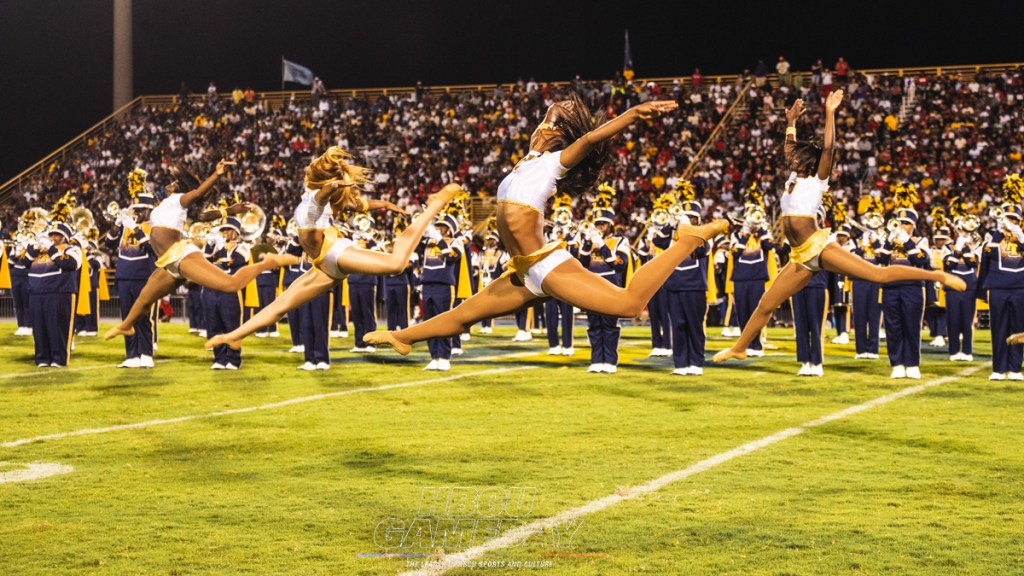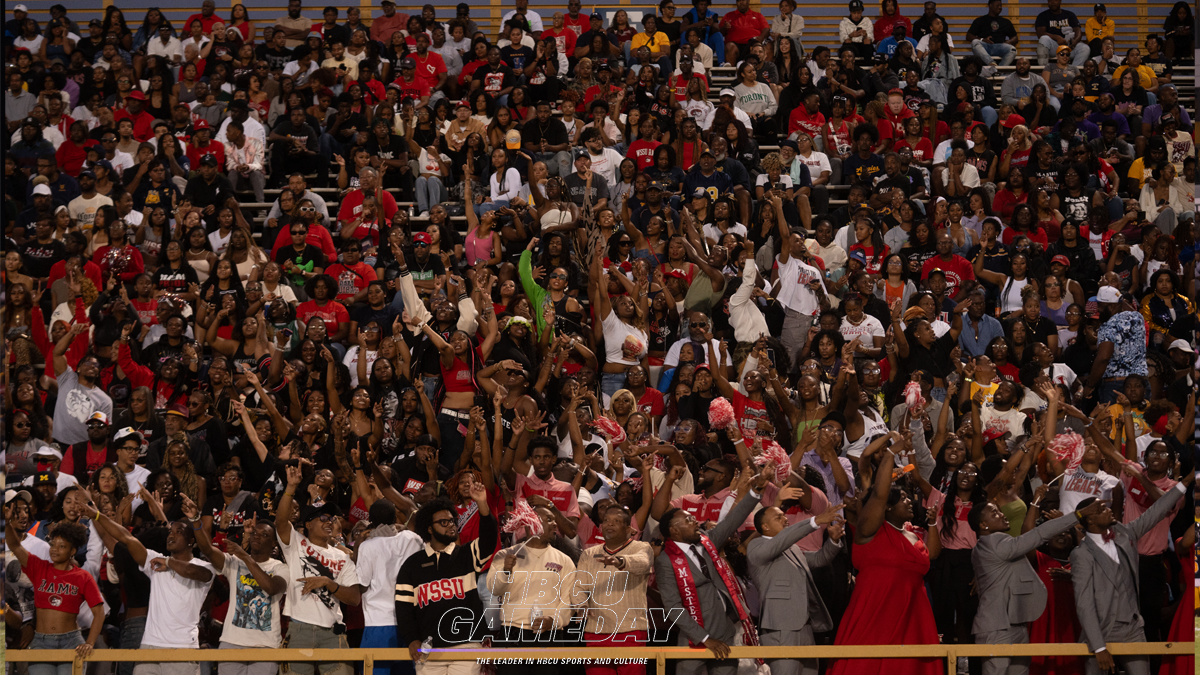GREENSBORO, NC — Many people have been looking forward to the re-kindling of the HBCU football rivalry between Winston-Salem State (WSSU) and North Carolina A&T. Terry Rankin was one of them.
The North Carolina A&T grad walked back and forth on Saturday afternoon getting preparations made for his tailgate — which featured a WSSU emblem as well as his alma mater. For him, it’s more than a football rivalry — it’s a family affair.
“Aggies married Eagles. Eagles married Aggies. Rams married Aggies and Eagles and so on and so forth. We do this every year, and I’m glad to see this rivalry (WSSU-NCAT) come back. In my opinion, has been far too long. But we’re here. We’re gonna enjoy it. We’re gonna have a big reunion today and we hope we can continue.”
The Baines Household was one of several “houses divided” with the first game between the two Piedmont Triad HBCUs. Novella Baines proudly wore her North Carolina A&T shirt while Rodney wore his red and black shirt supporting his HBCU — WSSU.
“We’re still a couple,” Novella said with a grin.
“S-U,” Rodney barked out.

The two HBCUs were founded one year apart. The Morrill Act of 1890 set into motion the creation of what would become North Carolina A&T. Established as an annex of Shaw University, there was a bid by Winston to land the “Colored A&M” school with Simon Green Atkins proposed as its first president. The Land Grant was eventually given to Greensboro in 1892, and John Crosby was named its president. Months later, Atkins and his wife Oleana, established Slater Industrial Academy — bringing education to the area without the help of the federal government.
And so the two schools, separated by 30 miles, began their journeys to the present. North Carolina A&T became the state’s institution for practical agriculture and the mechanic arts, funded by the federal government with a larger male enrollment. Slater Industrial eventually became Winston-Salem Teacher’s College, drawing a decidedly larger population of young women as it focused on elementary education. As such, sports began to compete near the turn of the century at A&T, including football. WSTC — Teacher’s College or just “TC” as it was known — was more known for women’s basketball in the 1930s, though its men’s basketball program was around as well.
WSTC introduced football in 1940, and had a one-off game against A&T four years later. The series began in earnest in 1954 and NC A&T won every matchup until it left the CIAA to form the MEAC after 1970. The series was dormant for much of the decade, but resumed in 1977 when Bill Hayes led WSSU to its first win in the series. Since then the two teams have had a competitive rivalry on the field despite the difference in NCAA classification for much of that time. WSSU won three games in a five-year span in a Division I attempt before the rivalry was shelved after the 2010 game.

Saturday’s game was another highly entertaining, highly competitive matchup between the two programs. NC A&T trailed by three late in the fourth quarter but kicked a field goal to force overtime and come up with a 27-20 win over its D2 HBCU rival.
The fans and the bands of each school competed against each other until the end of overtime, just as the players on the field did. It was quite apparent —from start to finish —that nearly a decade-and-a-half absence hadn’t doused the fires of two schools whose roots run parallel and whose branches often intersect.
“It’s an overdue thing. Because this right here — was rivalry back in the day,” Rodney Baines said. “And it’s good for both schools.”
Some things never change.

Thanks for that history lesson! Go Rams!